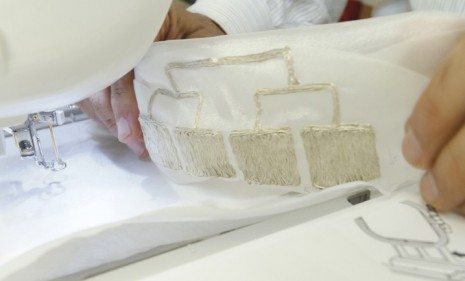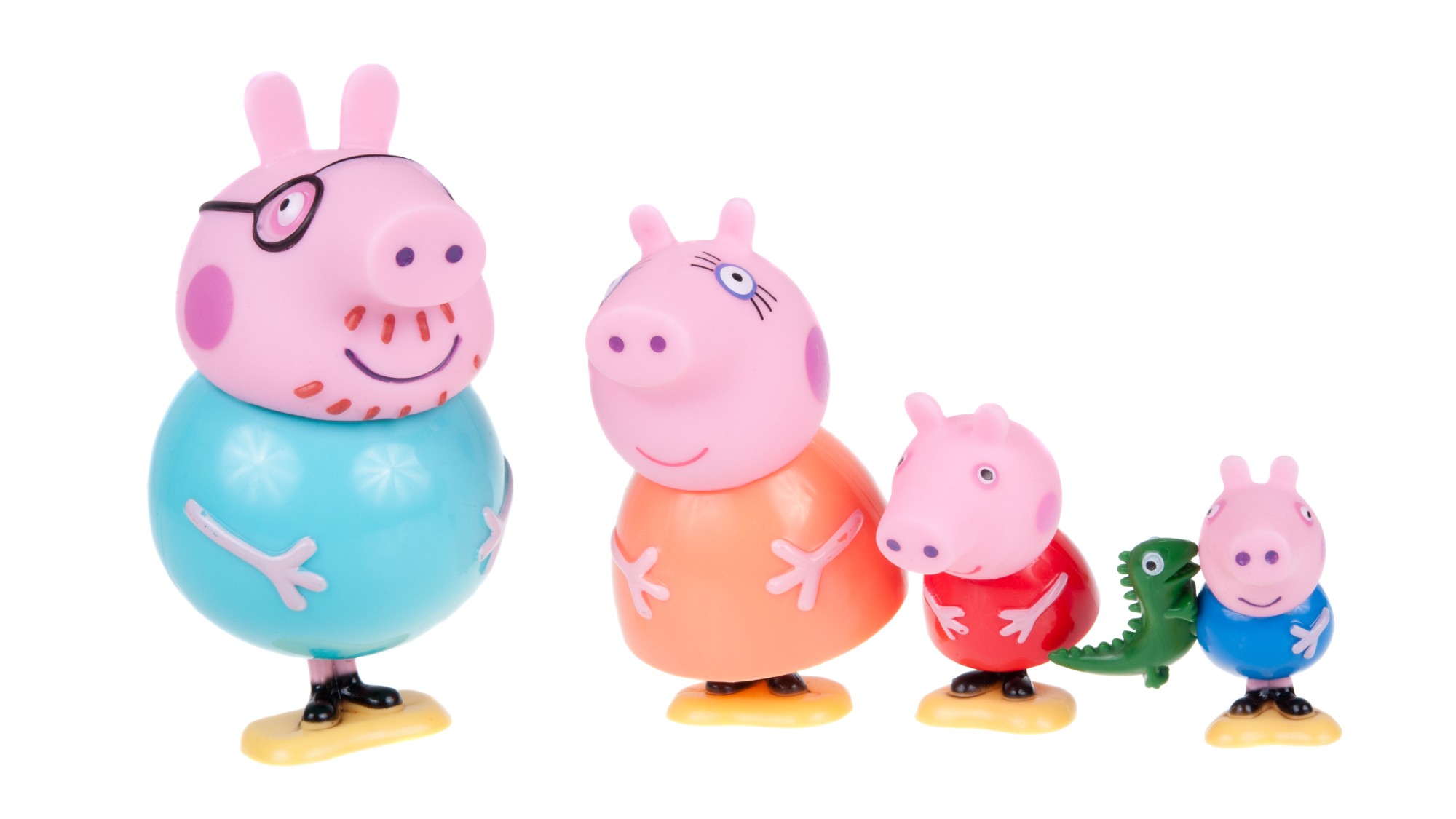A cell phone... in your shirt?
New technology incorporates mobile antennas directly into clothing — and greatly improves reception

People who rely on cell phones sometimes grow nostalgic for the days of phones with external antennas (especially if they own an iPhone 4, which has a history of sketchy reception). And though cell phone technology has made impressive strides in recent years, signal reception remains a problem. That may change with an innovation from Ohio State University researchers, who have found a way to incorporate cell phone antennas directly into clothing using an ordinary sewing machine. Here, a guide to this development:
How does this antenna work?
It's made from very thin layers of brass that are etched onto a flexible plastic film. The result is an unobtrusive threadlike antenna that can be sewn directly onto ordinary fabric. In their working prototype, OSU researchers stitched these antennas into the chest, back, and shoulders of a vest. The antennas are multidirectional, work together and — using an "integrated computer control device" — can sense a person's movement, and switch instantly to the best-placed antenna. Indeed, the wired vest enhanced cell reception up to four times more than an external "whip" antenna, particularly inside large buildings where reception is often poor.
The Week
Escape your echo chamber. Get the facts behind the news, plus analysis from multiple perspectives.

Sign up for The Week's Free Newsletters
From our morning news briefing to a weekly Good News Newsletter, get the best of The Week delivered directly to your inbox.
From our morning news briefing to a weekly Good News Newsletter, get the best of The Week delivered directly to your inbox.
Are there many applications for this development?
The technology could be applied in a number of fields, but it's initially been designed for the military. "Our primary goal is to improve communications reliability and the mobility of the soldiers," says researcher Chi-Chih Chen of OSU, as quoted by ScienceDaily. "But the same technology could work for police officers, firefighters, astronauts — anybody who needs to keep their hands free for important work."
What does it look like?
The golden, swirly designs that the researchers embroidered into cotton and taffeta can be easily concealed. "Imagine a vest or shirt, or even a fancy ball gown, made with this technology," says OSU team member John Volakis. "The antennas would be inconspicuous, and even attractive. People would want to wear them."
A free daily email with the biggest news stories of the day – and the best features from TheWeek.com
Will it be available soon?
Someday, but not soon. "It's not quite ready for deployment to Banana Republic just yet," says Devin Coldewey at TechCrunch. The price is also a bit prohibitive, estimated to be about $200 per clothing item. But researchers believe that mass production could bring the price down, and these antennas could eventually be sewn into normal clothes for safe and reliable cell phone use.
Sources: BBC News, ScienceDaily, TechCrunch
-
 West Africa’s ‘coup cascade’
West Africa’s ‘coup cascade’The Explainer Guinea-Bissau takeover is the latest in the Sahel region, which has quietly become global epicentre of terrorism
-
 Daddy Pig: an unlikely flashpoint in the gender wars
Daddy Pig: an unlikely flashpoint in the gender warsTalking Point David Gandy calls out Peppa Pig’s dad as an example of how TV portrays men as ‘useless’ fools
-
 Codeword: December 3, 2025
Codeword: December 3, 2025The daily codeword puzzle from The Week